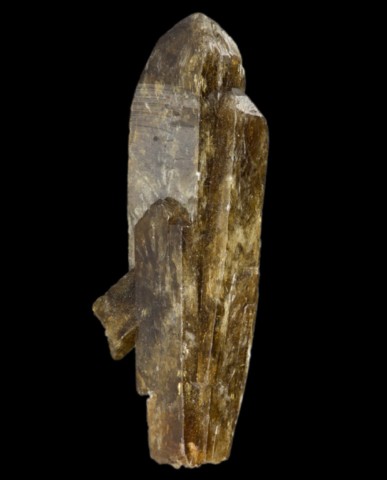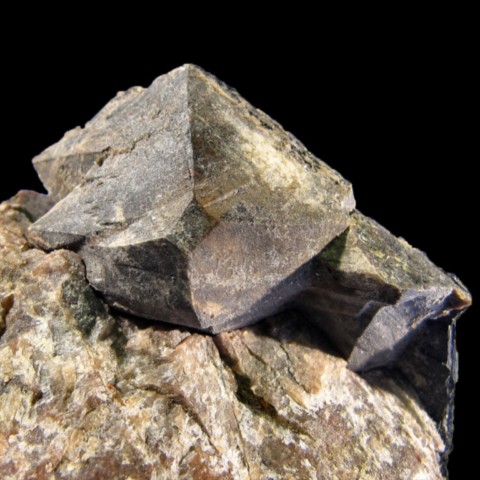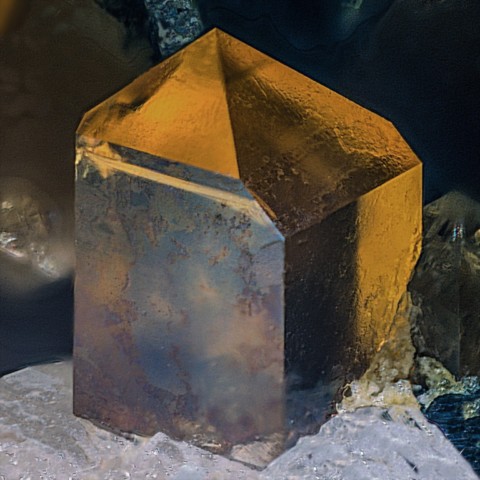XENOTIME
Class : Phosphates, arsenates, vanadates
Subclass : Anhydrous phosphates
Crystal system : Tetragonal
Chemistry : YPO4
Rarity : Uncommon
Xenotime is a relatively rare mineral. It is found mainly as an accessory mineral in granites, and in larger crystals in pegmatites where it is difficult to distinguish from zircon. More rarely, it is observed in alkaline granites and alpine clefts : its deposits are comparable to those of monazite. Its chemical composition is fluctuating, with yttrium being able to be replaced in significant quantities by rare earths (lanthanum, neodymium), thorium, uranium or zirconium. Despite the presence of radioactive elements, xenotime is never metamict. unalterable, it can concentrate in large placers that are sometimes exploitable. Its name comes from the Greek xenos (foreigner) and time (honor) because of the rarity of the mineral. Xenotime occurs in tetragonal prisms ending in two pyramids like zircon. It also has the same brown, yellow-brown or reddish color as the latter. It is an ore of yttrium, often recovered as a by-product in alluvial mining.
Main photo : Xenotime from Novo Horizonte, Bahia, Brazil © Tony Peterson
Xenotime in the World
Twinning
Twinning is known on {111} but is rare.
Fakes and treatments
No fakes listed for this mineral species.
Hardness : 4 to 5
Density : 4.4 to 5.1
Fracture : Irregular
Streak : White, brown, yellow or red
TP : Translucent to opaque
RI : 1.720 to 1.827
Birefringence : 0.096
Optical character : Uniaxial +
Pleochroism : Low
Fluorescence : None
Solubility : Insoluble
Magnetism : ParamagneticRadioactivity : Very low





